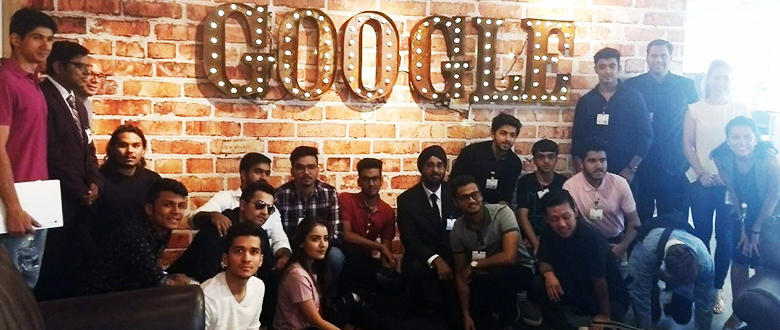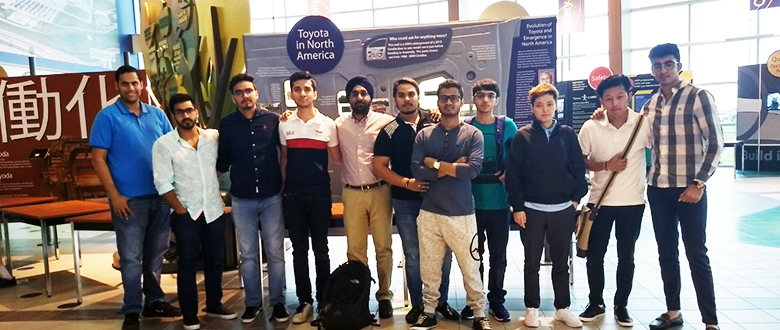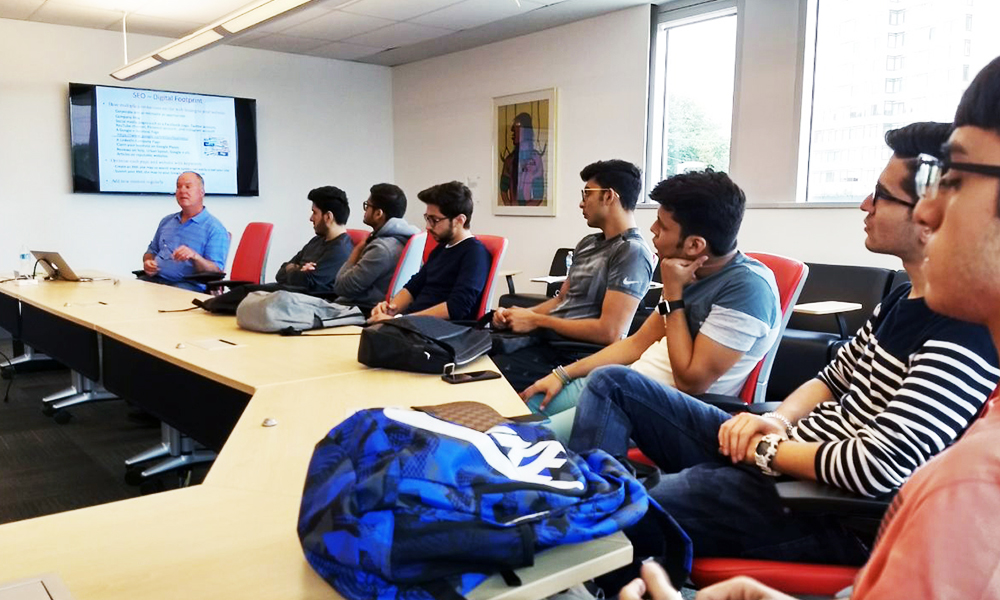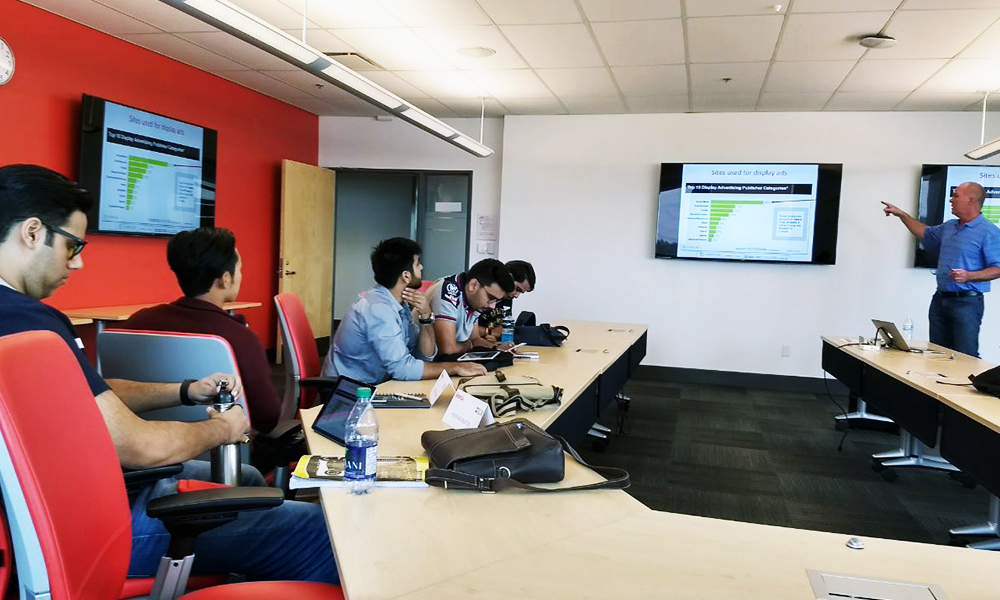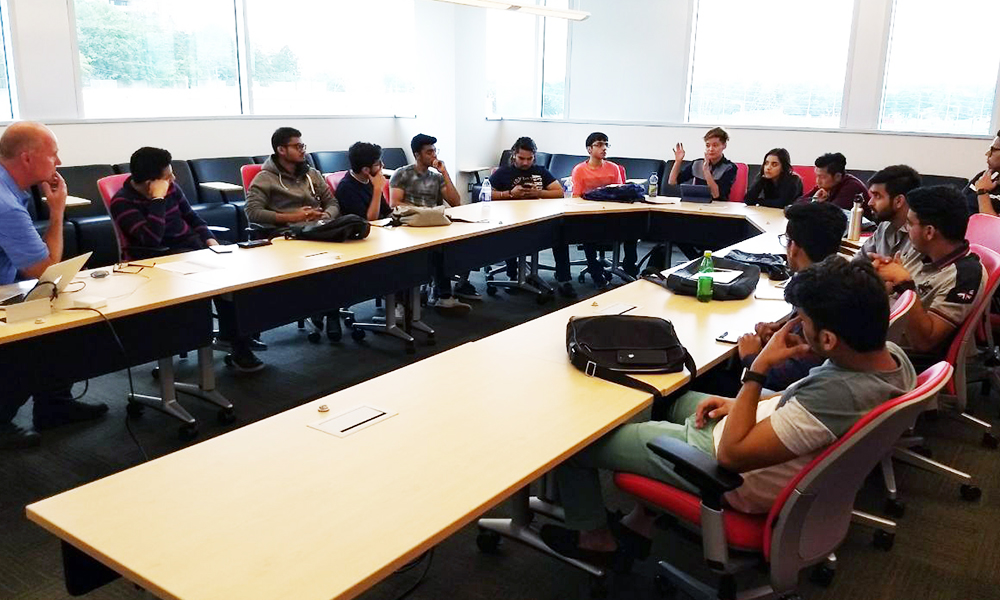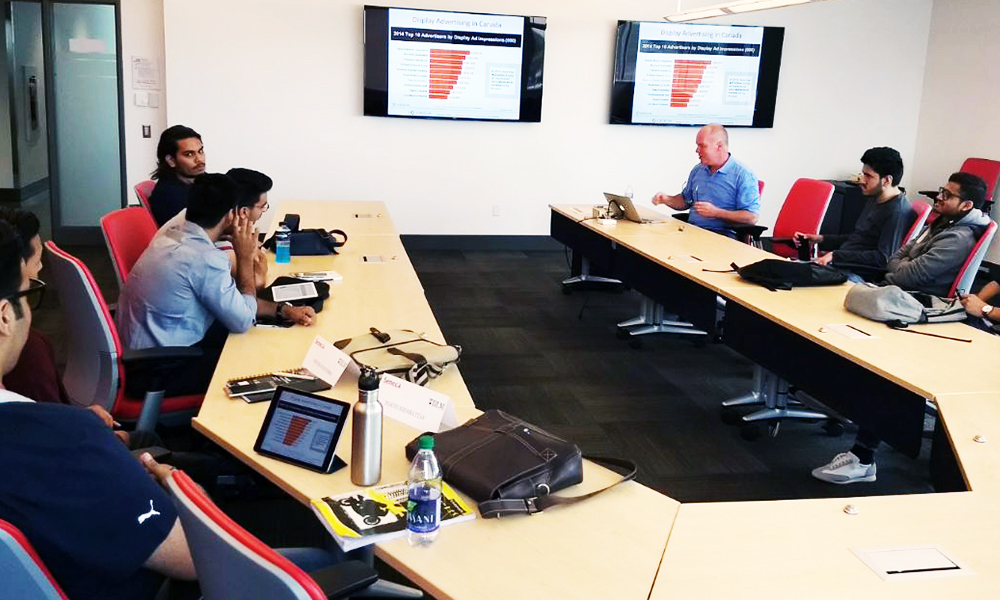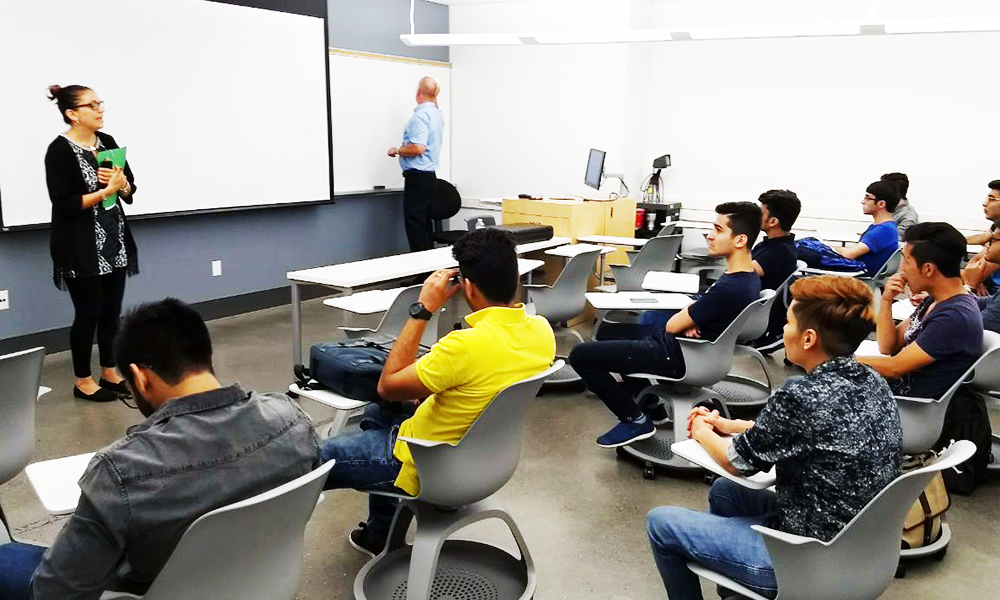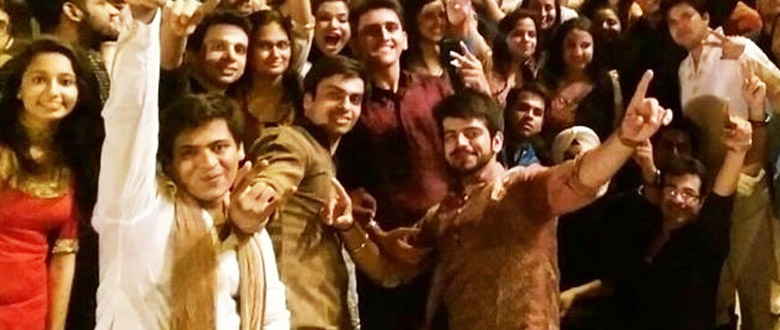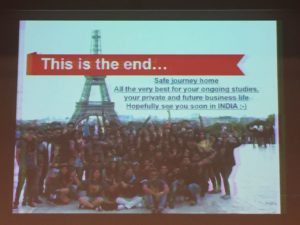The Curse of Cash
Kenneth S Rogoff
Princeton University Press
August 2016.
- ISBN-10:0691172137
- ISBN-13:978-0691172132
Book Review by Gurpreet Singh Bhatia
Associate Professor, Economics, IILM Institute for Higher Education, New Delhi
Email: gurpreet.bhatia@iilm.edu
The author begins with the hypothesis that the time has come for advanced countries to rethink the role of cash in their economies. The author had suggested to the authorities in the US that phasing out high denomination note of $100 would help cull underground economy. The similar idea of phasing out high denomination notes of €500 has been put forward by policy makers to the European Central Bank.
The research provides evidence that in developed countries, the underground economy accounts for majority of cash holding and the economy is characterized by a high demand for small bills for use in retail transactions, but this demand appears to be diminishing over time, due to increased debit card usage.
Using the scanner data of US retail transaction, researchers have found that low-income households use small bills for cash purchases in stores. The author enlightens the audience of the fact that in European counties, majority of the people use cash for buying items less than €20, and a very small proportion of population uses cash to buy items that cost more than €1000.
Chapter four begins with the conjecture that even in developed countries in some countries like the US, many poor and low-income individuals rely heavily on cash.
The countries with very low currency to GDP ratio include a mix of countries that have taken action to phase out cash (Norway, Sweden, and Denmark) and high-inflation countries, where holding cash is expensive, because it quickly depreciates in real value. The currency ratios for Canada and the UK are both roughly half that of the US.
Chapter 3 titled “Size and Composition of Global Currency Supplies, and the Share Held Abroad” gives mind boggling facts about currency in circulation around the world, and about the proportion of high denomination currency held by citizens.
The author discusses the size and composition of global currency supplies, and the share held abroad. The author conjectures that if Marco Polo were able to return to China today, one of the few familiar items he would discover would be the paper currency.
The author begins with the historical perspective of currencies, and informs that China was the first country to introduce paper currency. The author says that after WWII, international community gave up the idea of reestablishing gold standard in favor of Bretton Woods system of fixed exchange rates with the US dollar as the pivotal currency, and the US dollar became the de facto world currency.
The author raises an important point of society´s need to balance an individual’s right to privacy with society’s need to enforce its laws and regulations? For example, shifting from cash economy to digital payment economy exposes citizens to the possibility of being included in the database at the cost of personal privacy.
It is a misperception that the advanced economies are doing away with cash. In fact, the use of cash in advanced economies is increasing. And it is not just the United States that has a gigantic currency supply dominated by big bills. The problem is nearly universal in advanced economies.
In chapter six, the author explains the concept of seigniorage. It occurs when the government prints money and spends it at face value. It makes profits because the cost of printing is only a very small proportion of the face value of currency.
All countries except Sweden have earned from seigniorage. Sweden´s profits from printing of currency is negative because in that country, public’s use of notes and coins has declined since 2007, both as proportion of GDP and also in absolute terms.
The central banks have the privilege to print money and recover their operating costs, but the central banks must exercise considerable amount of discretion on where to draw the fine line between necessary expenditures and non-trivial ones. It is important that central banks maintain independence.
In chapter 7, Rogoff provides the reader with a comprehensive plan on how to phase out paper currency in the US context. The author suggests that the currency be phased out in four steps.
The fourth stage focuses on real time clearing, where the government helps facilitate development of the quick payments.
Chapter eight is on the concept of zero bound constraint where the economies experience lower interest rate coupled with low growth.
In the recent years, the OECD countries have witnessed a near zero interest rate (the interest rates have been even negative in countries like Germany and Japan).
Chapter 9 focuses on inflation targets, GDP and fiscal policy. The author suggests that the central banks raise target inflation rates from an average of 2% to 4%. The reason is that money in neutral in long run. When the central banks lower interest rate, consumers and procurers adjust to prices in the long run and the only way the economy could be kick started is by increasing the target inflation rates.
Rogoff suggest that instead of targeting inflation, a better idea would be to target GDP and enhance it through reducing income tax and increasing value added tax, thereby increasing inflation effective demand, therefore providing stimulus.
The last part of this book deals with digital currency. Rogoff questions the feasibility of replacing paper currency with digital currency in emerging market like India where majority of population is engaged in agriculture in rural areas where the infrastructure fir digital currency is not yet developed. On the positive side, phasing out cash in favor of digital currency in emerging markets would have positive effect by reducing corruption and underground economy.
The author stipulates that cryptocurrency like Bitcoin could be a currency of the future. After all, Bitcoin could function as unit of account and medium of exchange, withe same functions of paper currency.
In conclusion, this is an important and coincidentally, a timely book in context of current demonetization being implemented in Indian economy. It would behoove the policymakers and researchers in India to pay heed to the recommendations provided by Kenneth Rogoff, specifically related to emerging economies.


